Dogwood Tree
- November 7, 2023
- 0 comment
The Dogwood tree, scientifically known as Cornus florida, is a captivating and beloved flowering tree that graces gardens and landscapes across North America. Known for its striking beauty and versatility, the Dogwood tree is a favorite among garden enthusiasts and nature lovers.
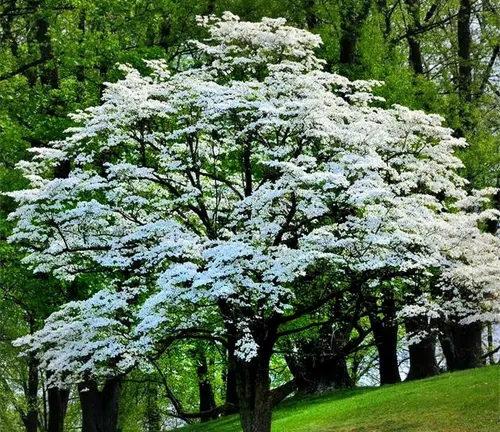
In spring, it dons a magnificent display of delicate, four-petaled white or pink blossoms, creating a breathtaking spectacle. These lovely flowers are not the only highlight; the Dogwood’s attractive foliage turns rich shades of red in the fall, adding a splash of vibrant color to the landscape.
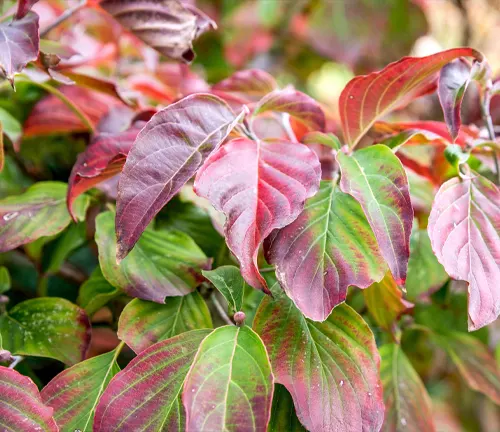
Beyond its aesthetic appeal, the Dogwood tree also holds cultural significance, with some Native American tribes considering it a symbol of protection and love. Its small, berry-like fruit is a valuable food source for various wildlife, making it an asset to local ecosystems. Whether you’re seeking an ornamental addition to your garden or a nod to natural beauty, the Dogwood tree remains a cherished and timeless choice.
| Characteristics | Description |
| Scientific Name | Cornus florida |
| Common Names | Dogwood, Flowering Dogwood |
| Family | Cornaceae |
| Type | Deciduous tree |
| Height | 15-30 feet (4.5-9 meters) |
| Spread | 15-30 feet (4.5-9 meters) |
| Growth Rate | Slow to moderate |
| Leaves | Oval, simple, opposite, green; turns red in the fall |
| Flowers | Four-petaled, white or pink, in spring |
| Fruit | Red, berry-like drupes in late summer |
| Bark | Grayish-brown with ridges and furrows |
| Native Range | Eastern United States |
| Soil Requirements | Soil Requirements: |
| Sunlight | Partial shade to full sun |
| Watering | Regular, especially during dry spells |
| USDA Hardiness Zones | 5-9 |
| Wildlife Value | Attracts birds with its fruit |
| Cultural Significance | Symbolic in some Native American cultures |
Botanical Beauty of “Dogwood Tree”
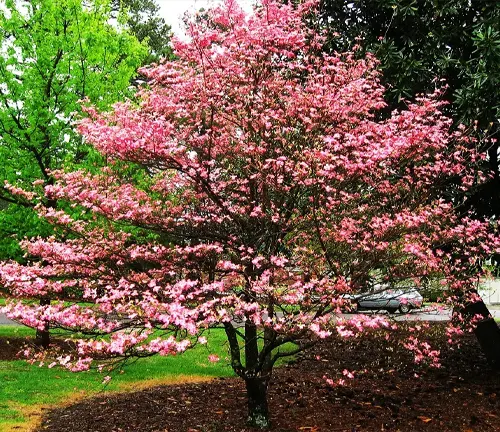
The Dogwood tree, scientifically known as Cornus florida, stands out as a botanical masterpiece in the world of flowering trees. Revered for its exquisite appearance, it graces gardens and natural landscapes across North America, captivating the hearts of all who encounter its mesmerizing beauty. The Dogwood’s botanical splendor is most evident in its striking display of delicate, four-petaled white or pink blossoms, which come to life in the spring. These resplendent flowers create an awe-inspiring spectacle that symbolizes the arrival of the season. With its picturesque appearance, the Dogwood tree remains an emblem of nature’s artistry, reminding us of the profound beauty that the plant kingdom has to offer.
Woodland Elegance
One of the Dogwood tree’s most enchanting qualities is its ability to infuse a sense of woodland elegance into any landscape. This deciduous tree boasts an average height and spread of 15 to 30 feet, creating a graceful presence in both small gardens and expansive forests. Its oval-shaped, opposite leaves are a vibrant green during the growing season, but it is in the fall that the Dogwood truly shines. As autumn arrives, the foliage undergoes a breathtaking transformation, turning vibrant shades of red, creating a vivid contrast against the landscape. This natural elegance and adaptability make the Dogwood a preferred choice for those who wish to bring a touch of sophistication to their surroundings.
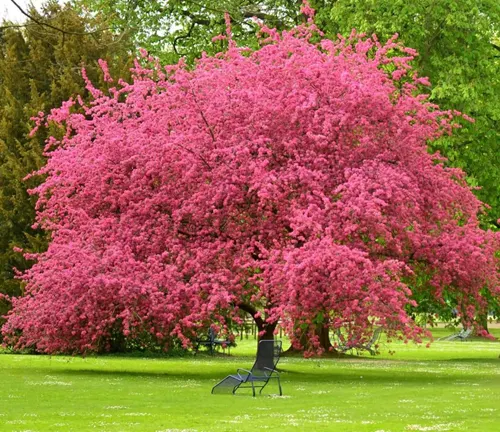
Ecological Importance

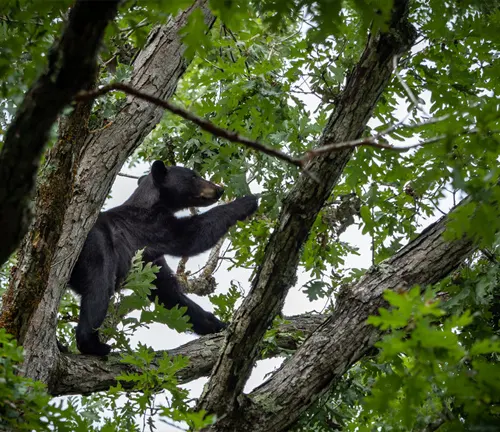
Beyond its ornamental appeal, the Dogwood tree holds a vital role in the ecosystem. The tree’s small, berry-like fruit serves as a valuable food source for various wildlife species, including birds, squirrels, and deer. This ecological significance not only supports local biodiversity but also highlights the Dogwood’s role as a keystone species. Moreover, the tree provides nesting sites and shelter for many bird species, making it a welcome addition to any bird-friendly habitat. In this way, the Dogwood tree contributes to the delicate balance of the natural world.
Cultivation and Conservation
Cultivating Dogwood trees is a rewarding endeavor for both garden enthusiasts and conservationists. While the tree’s slow to moderate growth rate requires patience, the result is well worth the wait. To ensure the Dogwood’s thriving presence in the environment, it’s essential to be mindful of its specific requirements, including well-drained, slightly acidic to neutral soil and adequate watering. As with many native species, conservation efforts are essential to preserve the Dogwood tree’s natural habitat. Conservation programs and initiatives aim to protect this tree’s existence, ensuring that future generations can continue to revel in its beauty.
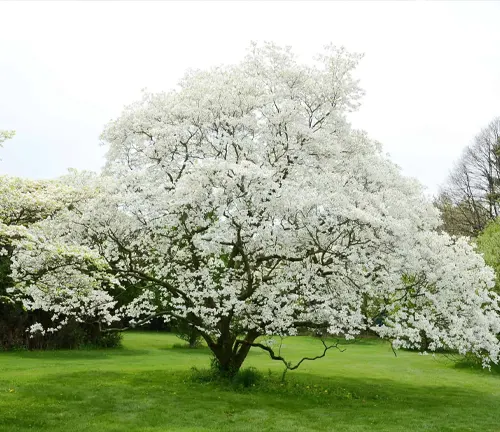
Fragrance
In addition to its visual appeal, the Dogwood tree offers a subtle yet enchanting fragrance. The blossoms emit a delicate, sweet scent that permeates the air during the spring bloom. This fragrant contribution enhances the overall sensory experience of any garden or natural setting, making it an even more cherished addition to outdoor spaces. The Dogwood tree’s aroma is a reminder of the countless pleasures nature has to offer.
Soil Stabilization
The Dogwood tree also plays a crucial role in soil stabilization. Its root system helps prevent soil erosion, making it a valuable addition to landscapes that require erosion control. This feature underscores the tree’s multifaceted contribution to environmental well-being.

Common Uses
The Dogwood tree’s versatility extends beyond its role in the wild. It is commonly used in landscaping for its aesthetic qualities, providing an elegant focal point in gardens, parks, and urban spaces. It is also utilized in various crafts, such as woodworking and basket weaving, thanks to its sturdy wood and flexible branches. Its cultural significance in some Native American tribes adds to its versatility, as it may be incorporated into traditional ceremonies and storytelling.
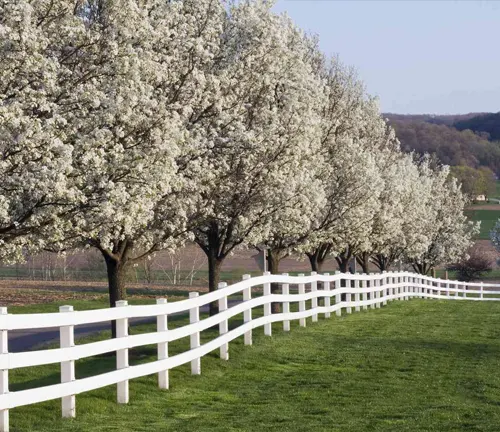
Benefits
The Dogwood tree offers a multitude of benefits to both the environment and human culture. Its botanical beauty enriches our surroundings, while its ecological importance supports local wildlife. Cultivating and conserving this species ensures its continued existence and contribution to our ecosystems. The tree’s fragrance, soil stabilization abilities, and common uses further emphasize its significance. As we appreciate the Dogwood tree’s many qualities, we are reminded of the intricate connections between nature, beauty, and sustainability.
Different Species
Cornus florida
(Flowering Dogwood)
Native to the eastern United States, this is one of the most well-known species of Dogwood. It is famous for its showy white or pink blossoms in spring and attractive red foliage in the fall.


Cornus kousa
(Kousa Dogwood)
Also known as the Japanese Dogwood or Chinese Dogwood, this species is native to East Asia. It features small greenish-yellow flowers and distinctive pink or red berry-like fruit. Its foliage turns a rich purplish-red in the fall.
Cornus sericea
(Red Osier Dogwood)
This North American native is a deciduous shrub rather than a tree. It is often valued for its bright red stems, especially in the winter. It produces small clusters of white flowers and white berries.
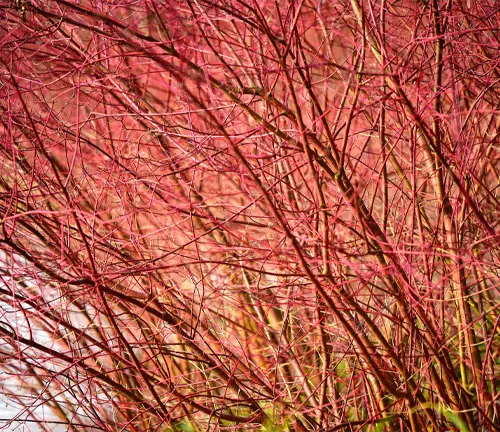

Cornus nuttallii
(Pacific Dogwood)
Native to the western United States and western Canada, this species showcases white or cream-colored flowers and elliptical leaves. It’s known for its striking appearance, similar to the Eastern Flowering Dogwood.
Cornus capitata
(Himalayan Strawberry Tree)
Native to the Himalayan region, this Dogwood species is a small to medium-sized tree. It produces spherical clusters of creamy-white flowers and attractive strawberry-like fruit. It’s valued for its ornamental qualities.
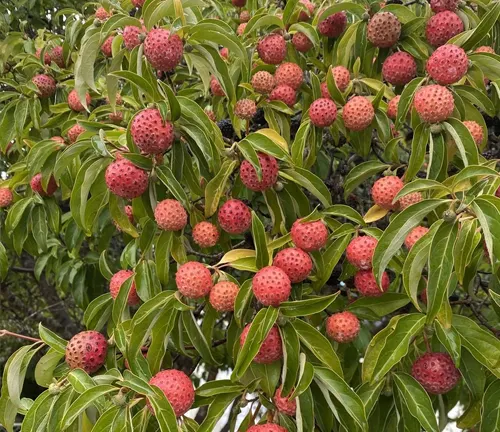
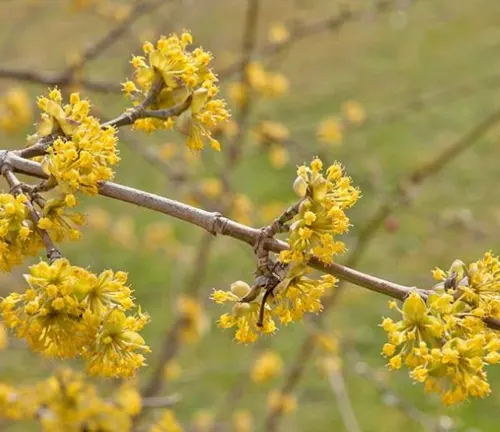
Cornus mas
(Cornelian Cherry Dogwood)
This species is native to Europe and Asia. It’s appreciated for its early spring flowers with bright yellow blossoms and small, edible cherry-like fruits. It’s more of a large shrub or small tree.
Cornus racemosa
(Gray Dogwood)
Another North American native, the Gray Dogwood is a deciduous shrub. It features clusters of small white flowers and blueish-white fruit, and it’s known for its wildlife value, providing food and habitat for birds.
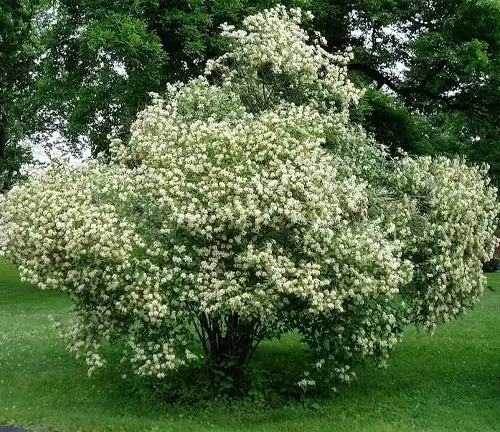
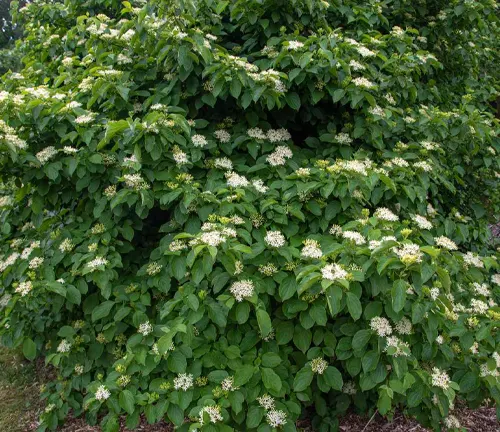
Cornus amomum
(Silky Dogwood)
Also native to North America, this species is a deciduous shrub with clusters of creamy-white flowers and white fruit. It’s called “Silky Dogwood” due to the fine hairs on its leaves and branches.
Frequently Asked Questions (FAQs)
- What is a Dogwood tree?
A Dogwood tree, scientifically known as Cornus florida, is a deciduous tree native to North America, celebrated for its stunning flowers and vibrant foliage. - When do Dogwood trees bloom?
Dogwood trees typically bloom in the spring, producing their iconic white or pink four-petaled flowers. The exact timing may vary depending on local climate and conditions. - How tall do Dogwood trees grow?
Dogwood trees generally reach a height of 15 to 30 feet (4.5 to 9 meters) with a similar spread, making them suitable for various landscape settings. - What are the different species of Dogwood trees?
Dogwood trees come in various species, including Cornus florida (Flowering Dogwood), Cornus kousa (Kousa Dogwood), and others, each with distinct characteristics. - Do Dogwood trees have any specific soil or sunlight requirements?
Dogwood trees prefer well-drained soil that is slightly acidic to neutral. They thrive in partial shade to full sun, but they appreciate some protection from harsh afternoon sun. - Are Dogwood trees beneficial to wildlife?
Yes, Dogwood trees are ecologically important. Their berry-like fruit provides food for birds and other wildlife, and their branches offer nesting sites and shelter for birds. - How do I care for a Dogwood tree in my garden?
Regular watering, especially during dry periods, is essential. Pruning dead or diseased branches can help maintain the tree’s health and shape. It’s also vital to ensure proper soil conditions. - Do Dogwood trees have any cultural significance?
Yes, some Native American tribes consider the Dogwood tree to be a symbol of protection and love, incorporating it into their traditions and stories. - Can I grow a Dogwood tree from seeds or cuttings?
While it’s possible to grow Dogwood trees from seeds or cuttings, it may be more practical for most homeowners to purchase young saplings from a nursery. - Do Dogwood trees have any common uses beyond landscaping?
Dogwood wood is sturdy and is sometimes used in woodworking, while its flexible branches can be used in crafts. Additionally, the tree is often a centerpiece in gardens and parks for its ornamental value.


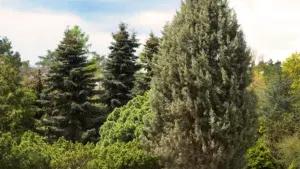
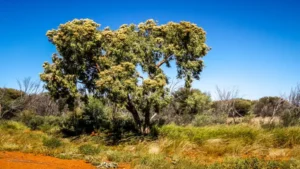
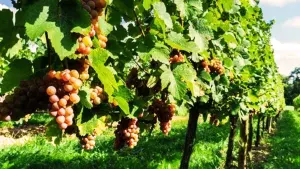

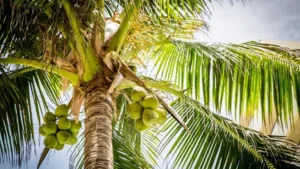



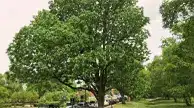


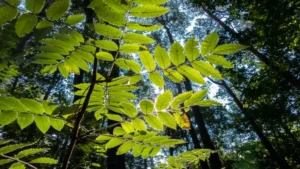
Leave your comment